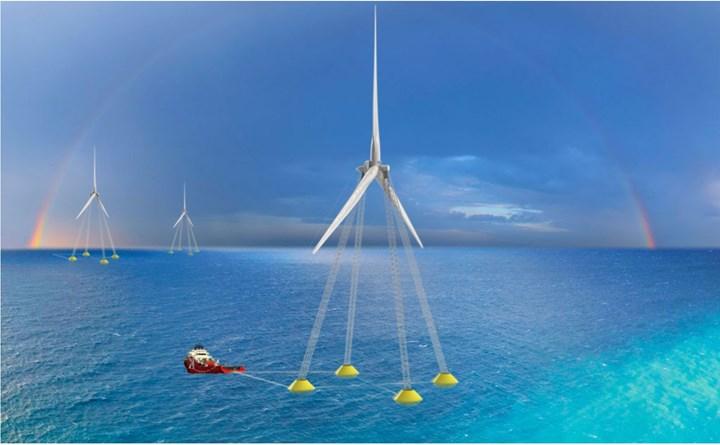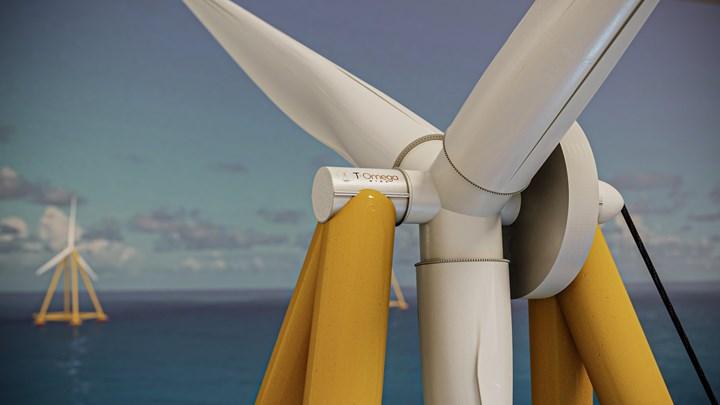 Floating wind turbines have actually been in our lives for decades. However, the efficiency in this area still has not reached the expected level. This is because the installation cost of turbines is quite high and energy production per cost is risky. Brita Osmundsvaag Formato, CEO of US start-up T-Omega Wind (TOW), brings a new approach to this field.
Floating wind turbines have actually been in our lives for decades. However, the efficiency in this area still has not reached the expected level. This is because the installation cost of turbines is quite high and energy production per cost is risky. Brita Osmundsvaag Formato, CEO of US start-up T-Omega Wind (TOW), brings a new approach to this field.The TOW concept, which is the same as the company’s name, is designed to solve the three biggest problems of floating wind turbines: cost, supply and deep water deployment. Existing floating wind turbines are designed to connect their massive steel hulls to the seafloor. In fact, it can be summarized as the use of existing onshore wind turbines at sea scale. This, of course, brings with it a high cost of installation, maintenance and supply. Moreover, the existing turbines cannot be deployed in deep waters.
Innovative approach to floating wind energy
 However, this is not the case with the TOW concept, as this concept is literally designed to float on the sea or the ocean. Their mission is to “develop what we believe is a disruptive technology in floating wind systems around the world,” CEO Formato says in a statement. According to the leader of the initiative, when creating the TOW, he states what they thought would be most suitable for the oceans. The T-Omega Wind is designed to withstand huge storms and waves of thirty meters, yet weighs 20% of conventional designs and costs close to 30%.
However, this is not the case with the TOW concept, as this concept is literally designed to float on the sea or the ocean. Their mission is to “develop what we believe is a disruptive technology in floating wind systems around the world,” CEO Formato says in a statement. According to the leader of the initiative, when creating the TOW, he states what they thought would be most suitable for the oceans. The T-Omega Wind is designed to withstand huge storms and waves of thirty meters, yet weighs 20% of conventional designs and costs close to 30%.Formato also addresses the shortcomings and challenges of the traditional system, saying, “When you look at current floating offshore wind technologies, you see serious supply chain issues, the need for specialized fabrication infrastructure, and often the need for deep water ports.”
“Rather than relying on onshore wind turbines, our solution was designed primarily for the harshest offshore environments, and instead of being wave-proof like most existing platform structures, ours is designed to ‘roam’ over the surface of the ocean, so it’s much lighter and uses less steel. for less cost.”
Designed to use a standard horizontal axis rotor and generator attached to the top of a floating four-legged steel platform anchored to the seafloor with a single mooring line, TOW is much more than the existing more than 3,000 tons steel hulls currently used for 6-10 MW units in operation off northern Europe. will be lighter.
T-Omega targets an energy cost of less than $50/MWh for a full-size TOW unit, emphasizing the concept’s enormous weight savings are key to its commercial success. On the other hand, according to the World Bank data, the potential wind energy in the open seas is at the level of 71 TW, and 71 percent of it is in deep waters. Therefore, systems that can be installed and scaled in deep waters, such as TOW, will play a key role in floating wind energy systems.